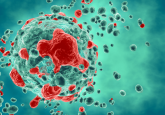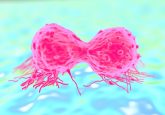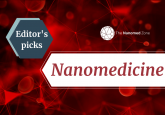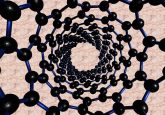Small molecular interaction-based fluorescence enhancement for second near-infrared imaging
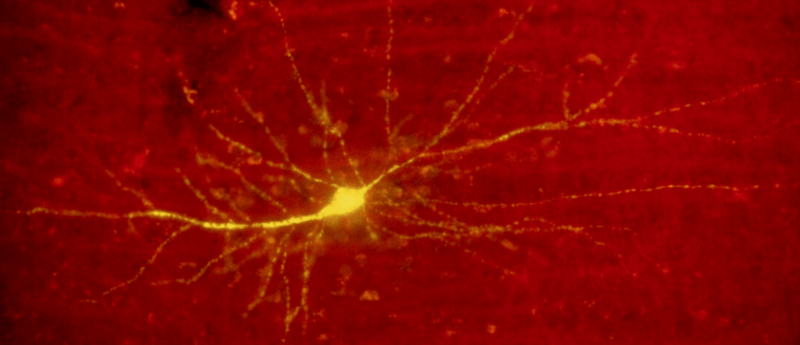
Bioimaging techniques have great potential for the visualization of features and events occurring in the body. Fluorescence imaging does not use radiation and provides spatiotemporal information with a high sensitivity, making it ideal for use in detecting activity in the brain, blood and lymph systems. Second near-infrared imaging occurs in a greater wavelength than standard imaging techniques meaning it gives a higher resolution, deeper tissue penetration and low autofluorescence. In this research article recently published in Nanomedicine near-infrared imaging using liposomes was enhanced.
Abstract
Aim: This study described a new strategy to enhance second near-infrared (NIR-II) fluorescence intensity. Materials & methods: NIR-II liposomes were prepared by thin film hydration method and their fluorescence properties were evaluated. The efficacy of the optimized liposome was then evaluated in vivo with low dose and irradiation. Results: Indocyanine green-IR1061 liposome exhibited higher fluorescence intensity (∼fourfold than IR1061 liposome) with the red-shifted emission. The intensity of indocyanine green-IR1061 cationic liposome was enhanced to approximately tenfold, which allowed us to perform angiography with lower doses and less exposure time. Conclusion: We report a new and efficient way to enhance NIR-II fluorescence intensity. This could be used to acquire high temporal resolution and signal-to-background ratio fluorescence imaging.
